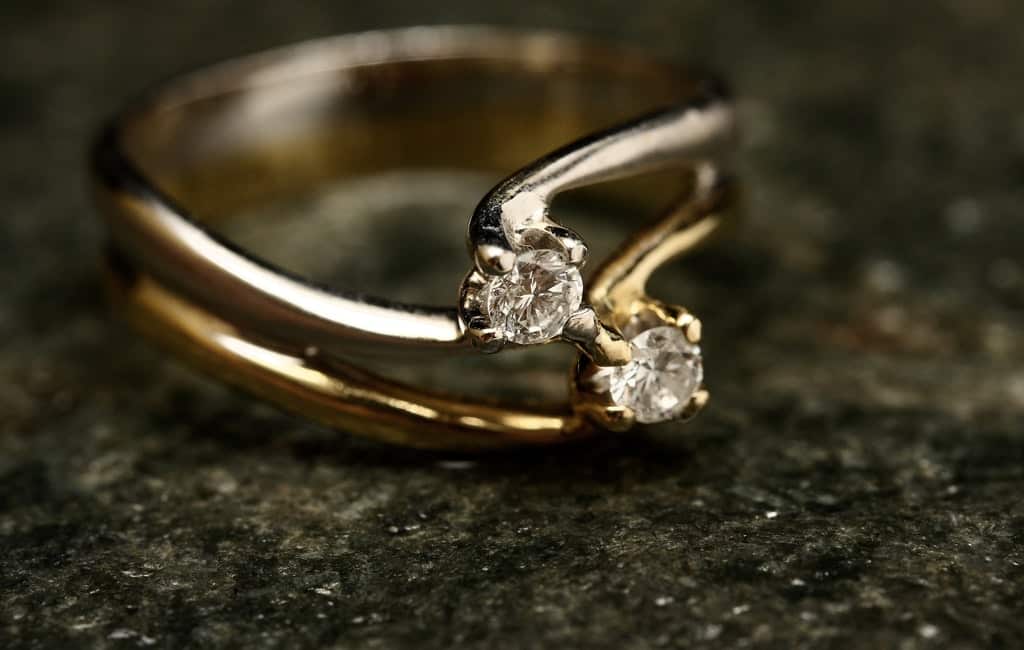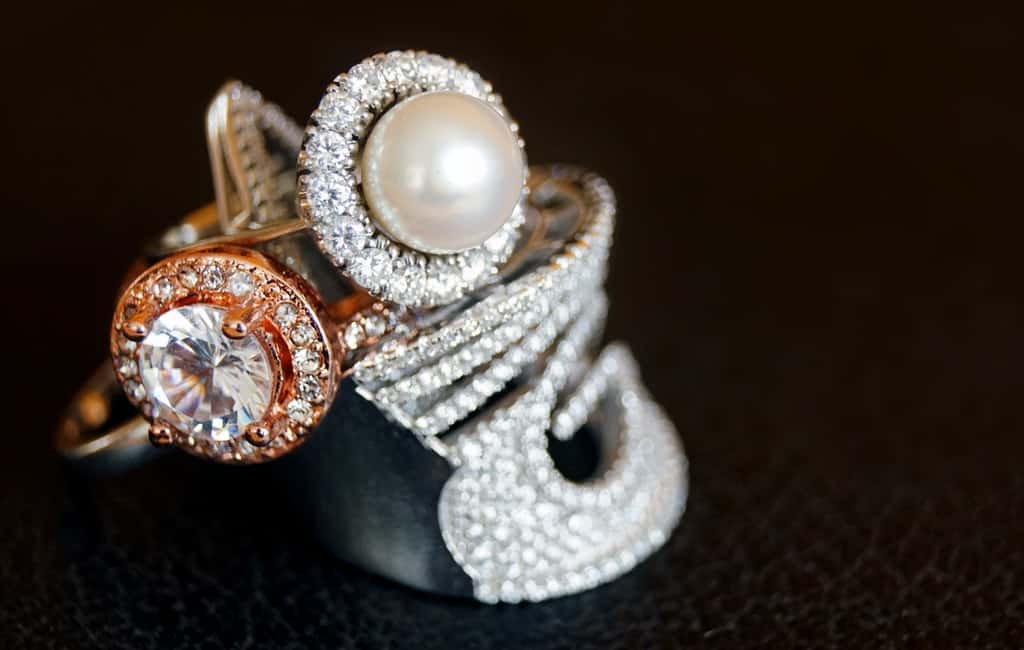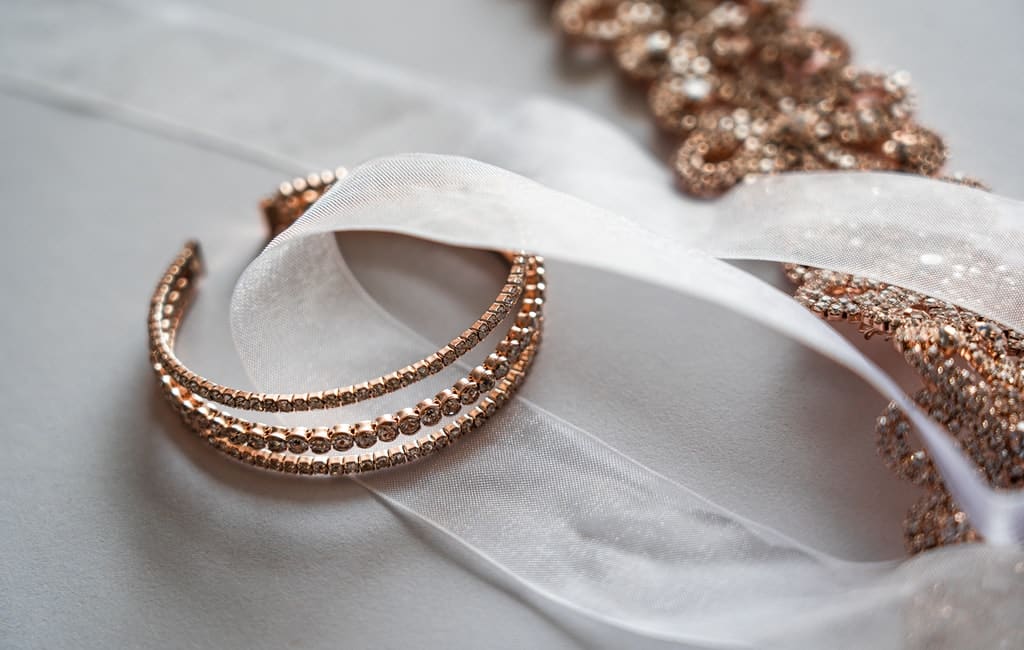You are all aware that diamonds ought to last a lifetime. But like everything else in our planet, they are undoubtedly susceptible to destruction in some fashion.
What can genuinely ruin a diamond, and how simple is it to do so?
Well, it’s simpler than you probably thought because it’s typical to misrepresent a diamond’s hardness, leading you to believe that it is practically unbreakable. A diamond can be destroyed in a variety of ways. It would be difficult to list all the things that could harm or destroy this priceless stone.
To assist you get familiar with the things you should avoid doing, however, and to help you preserve your diamond in tact and with as little harm as possible, I’ve gone out of my way to find all the ways you could ruin a diamond.
Let’s look at all the methods I’ve discovered that will unquestionably completely destroy a diamond or merely cause enough harm that the diamond will be deemed irreparably damaged.
Without further ado, let’s look at different approaches of accomplishing this!

Hardness Of The Diamonds
You must first become familiar with the hardness and toughness of a diamond in order to comprehend the amount of force required to break one.
Although there are many methods for determining a diamond’s hardness degree, the Mohs scale is the most popular and extensively used one.
You may wonder, “What is the Mohs scale?”. Well, it’s a qualitative ordinal scale with a range of 1 to 10 (with 1 being the softest) (being the hardest). Other objects (such as metals) that are not minerals are not included because this scale is solely used for mineral hardness scaling. Diamonds are the hardest and most resilient mineral on earth, receiving a rating of 10 on this scale.
Although we leave that up to individual interpretation, some claim that they are the toughest mineral to destroy. This proves one thing: diamonds are very difficult to harm accidentally if you aren’t going to ruin them on purpose.
This implies that your diamond will likely endure forever and that you will have to work very hard to destroy it, even on purpose.
For instance, a common misconception is that human teeth may damage diamonds, which is categorically untrue. As a result of this careless experiment, your teeth will also break even though the diamond will remain intact.
This implies that diamonds are incredibly difficult to even slightly harm, thus you have to be very picky about how to destroy one.

Hammer – Physical Force
The most typical method of destroying diamonds is this. Let’s simply say that those who engage in this activity mostly do so for research and not for amusement.
Because they are difficult to find and even more challenging to cut into shapes that are familiar to us, diamonds are very expensive. If you ever get your hands on a diamond, do not try to damage it for any other reason than this.
People that test their goods—like hammers—do this occasionally to see how well-made or durable they are. How ferociously should a hammer be able to strike a diamond before it breaks? Although it is difficult to describe, you can still understand the solution.
First off, by pressing on a surface with one of their fingers, people (in general) can exert a force of about 4N. Anything greater should be regarded as having tremendous strength that is uncommon.
If you additionally take into account the fact that you’re not using your fingers or your bare hands to hit the diamond, but rather a hammer, then there should be a force that any human being can use to break a diamond.
A hammer’s mechanism allows you to focus all the force your body generates into a small region known as the head of the hammer with a single hand motion.
This enables you to strike your target with a lot more force than you could if you were using the palm of your hand to attack it.
Anyone who would be regarded weaker than usual might also be able to achieve this because swinging a hammer is relatively simple. A diamond should be breakable if struck straight by a hammer swinging at a force of about 4 newtons.
In this circumstance, a few events could occur, possibly preventing the specified diamond from being broken.
If you miss the diamond’s center and strike it on the side, this is the first example of such a scenario. The diamond might fly away under the force of that without breaking or suffering harm. This is the reason you must exercise extreme caution if you intend to do this, as it may result in unintended harm.
This means that if a diamond fell off because you didn’t hit it directly and landed on an uncovered surface, it could inflict damage to that surface. The most typical products that could sustain damage in this circumstance are your phone screen, TV screen, windows, glass tables or panels, and glasses.
If you intend to carry out an experiment that involves striking a diamond with a hammer, you should first shield your eyes and important body parts like your neck and crotch. Then, shield everything else that could be hurt (like the things I mentioned above). Finally, hit the diamond with the hammer.
If you set a diamond with its pointed end facing down toward the hard surface that it is lying on, that is another circumstance that could cause this experiment to fail. It’s likely that the diamond’s surface is much softer than the diamond and hence more readily penetrated or harmed by it.
While doing this, I frequently observe that the diamond’s sharp end will pierce the surface and become lodged in that manner. This isn’t a major issue because you can just pull it out with a pair of pliers. If it’s not very stuck, you can sometimes just use your fingers to pull it off.
Simply set the diamond such that its pointed end is facing up and upside down to avoid this from happening. There are two key reasons why it is considerably simpler to break the diamond into pieces when it is in that posture.
The stress placed on the diamond tip will cause it to break virtually instantaneously because the surface of impact will be even smaller.
The flat surface of the diamond is down on the supporting surface, which offers much more stability and prevents the diamond from moving about freely after being struck. This is another factor that makes it break easily in this position.
The diamond is often positioned for best effectiveness in this manner before being struck with a hammer.
Fire – Will It Burn?
Photo by Wolfgang Hassselmann on Unsplash.com
Few people think of burning a diamond when they think of burning something. But unlike what some of you might think, diamonds can actually burn. Even if the required temperature is rather high, it is still within reachable range.
A diamond can catch fire and be almost totally destroyed by a standard blowtorch that burns at a certain level.
Keep in mind that everything can burn if exposed to enough heat (including diamonds). But the essential query is: at what temperature does a diamond burn to the point of being deemed destroyed?
That’s also a difficult response to offer. At about 850 or 900 degrees Celsius, or about 1565 degrees Fahrenheit, diamonds should begin to burn.
What heat sources, though, can get there? We’ll tell you something: you’d be shocked.
It can be reached using a basic, slightly better-quality house blowtorch. Additionally, there are so-called jewelers’ torches that can easily exceed this temperature and irreparably harm a diamond.
As you can see, there is a tendency for techniques to destroy a diamond to be less complicated and difficult than you may think. For obvious reasons, this method of diamond destruction is significantly riskier than the prior one. In addition to burning diamonds, such high temperatures also burn the surroundings.
In this case more than any other, we wouldn’t advise experimenting with heat that powerful. There isn’t much you can utilize to defend yourself with that can survive that heat without being damaged.
For obvious reasons, it is advised that you do this experiment outside and on a stone surface if you decide to do so. If you were to try this inside, you run the chance of burning something you shouldn’t have been burning and creating a dangerous scenario that is difficult to control or get out of quickly.
Therefore, if you were to do it, do it outdoors in a well-ventilated area distant from things that readily catch fire, and do it in such a way that prevents all of the heat from reaching the wooden parts of your surroundings.
Acid – Is Melting An Option?
Some individuals believe that some acids have enough strength to easily dissolve a diamond. Those people aren’t exactly right, I must say. The acid you use also plays a significant role in this scenario, in addition to the fact that the settings for this to work must be managed and pre-set.
A diamond can be partially dissolved by some acids in some regulated settings. In a stainless steel pressure tank heated to 200 to 300 degrees Celsius, stomach acid, for instance, has the ability to dissolve a very little portion of your diamond.
Because diamonds’ melting temperature is only about 4500 degrees Celsius, melting them in acid is a concern (or around 8132 degrees Fahrenheit). All acids have far lower boiling points than that. For instance, the boiling point of carboxylic acids, which is substantially lower than the melting point of diamonds, is 101 degrees Celsius.
This leads us to the conclusion that acids cannot dissolve or melt diamonds because they cannot sustain the temperature required to burn a diamond in order to allow the acid to do its function.
Conclusion
As you can see, not all methods of destroying diamonds are successful. Some of them might perform well in controlled settings, while others won’t. So there aren’t many answers to the question of what can damage a diamond.
We believe that employing a hammer’s brute force will be the most effective technique to destroy it. This approach is not only the most harmful, but it is also the safest in virtually all circumstances.
Again, we urge you not to carry out any of these experiments and stress that amateurs should not take any actions that could endanger their own safety or the safety of those carrying out the experiment.
Bring the diamond to your local jeweler and let them handle it if you have a specific cause for wanting to destroy it. Professionals with training will complete the task in a more safer manner and in a setting that won’t threaten anyone nearby.

